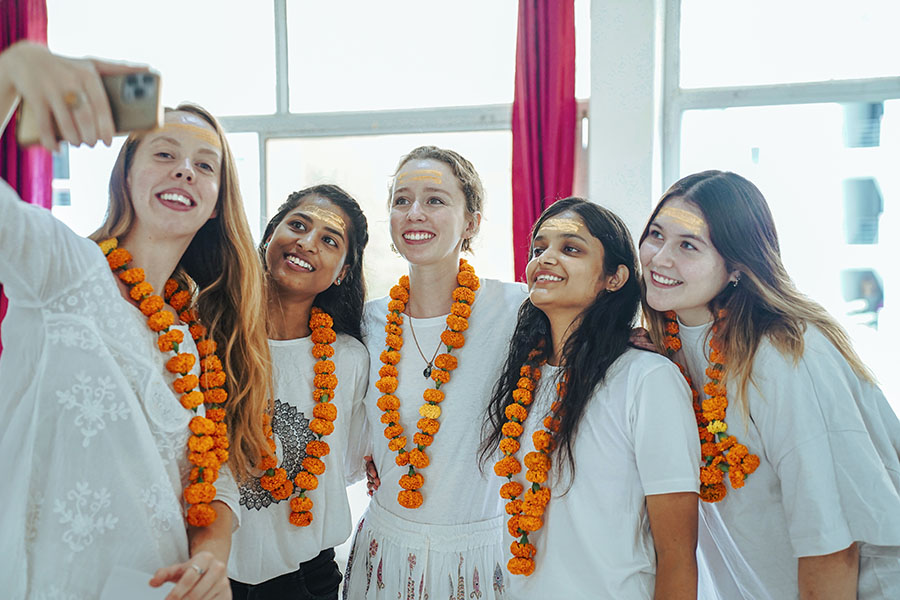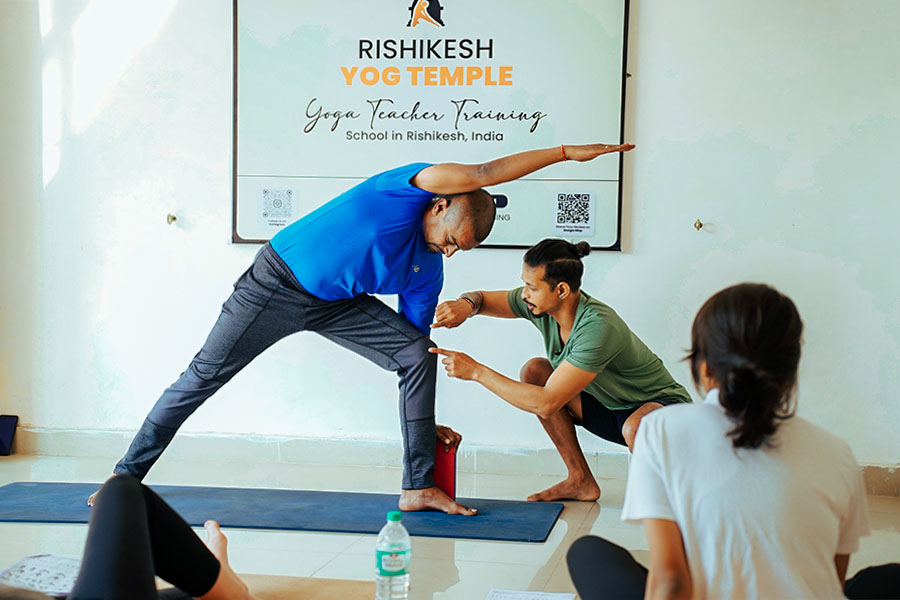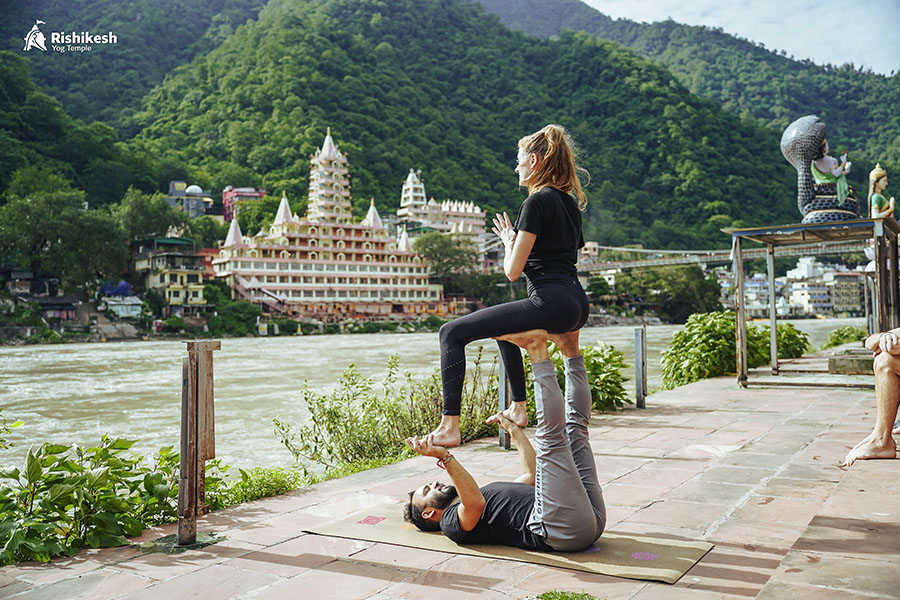Duration: 25 Days

Pranayama - The Breathing Practice
The ancient practice that originated in India, Pranayama is like a twin sister to yoga. The word is the combination of two different Sanskrit words, i.e. "Prana" and "Ayama", where Prana means vital energy or life force and Ayama means to control or extend. In other words, Pranayama is believed to be the practice of controlling the breath, which is seen as the gateway to the flow of prana or vital energy throughout the body.
Pranayama and Yoga, when practice together reap maximum benefits and help in a variety of ways. Pranayama is also a type of yogic practice which focuses on the breath. When you are able to get control over your breath, then you become able to capture your good well-being.
Pranayama is not just about controlling the breath, but also about cultivating awareness and mindfulness of the breath. Through pranayama, we learn to observe the breath and become more attuned to its natural rhythm and flow. This helps us to better regulate our breathing and tap into the deep wellspring of energy and vitality within us.
The practice of pranayama can take many forms, including deep breathing, alternate nostril breathing, and various other breathing techniques. Some of the benefits of pranayama include reduced stress and anxiety, increased energy and focus, improved lung function, and enhanced overall well-being.
Not just a physical practice, but pranayama is also a deep spiritual learning. It allows individuals to connect with their inner selves and the hidden divine energy that secretly flows through all of us. It is a powerful tool for self-transformation and personal growth and can be practiced by anyone, regardless of age or physical ability.
Types of Pranayama
There are several different types of pranayama, each with its own unique benefits and purposes. Here are some of the most common types of pranayama:
-
Nadi Shodhana Pranayama (Alternate Nostril Breathing)
This pranayama involves alternating breathing through the left and right nostrils, helping to balance the body and calm the mind.
-
Kapalabhati Pranayama (Skull-Shining Breath)
Kapalabhati involves short, forceful exhales and passive inhales, helping to clear the mind and energize the body.
Bhastrika Pranayama (Bellows Breath)
Bhastrika involves forceful inhales and exhales through the nose. Practicing it regularly helps in increasing oxygen flow to the body and as a result, improves the overall health of an individual.
Ujjayi Pranayama (Victorious Breath)
Ujjayi involves a slight constriction of the throat during both inhales and exhales, producing a soft "oceanic" sound that helps to calm the mind and reduce stress.
Sitali Pranayama (Cooling Breath)
Sitali involves inhaling through the mouth while curling the tongue, producing a cooling sensation in the body and reducing stress and anxiety.
Sitkari Pranayama (Hissing Breath)
Sitkari involves inhaling through the teeth while making a hissing sound. It helps cool and calm the overall body and mind.
Bhramari Pranayama (Bee Breath)
Bhramari involves inhaling through the nose and exhaling while making a humming sound like a bee, helping to reduce anxiety and improve concentration.
Each type of pranayama has its own benefits, and practitioners can choose which pranayama to practice based on their personal needs and goals.
Benefits of Pranayama
- Reduces Stress: Pranayama helps to reduce stress and anxiety by activating the parasympathetic nervous system. Pranayama stimulates the "rest and digest" response in the body.
- Improves Lung Function: Pranayama helps to strengthen the respiratory system, increasing lung capacity and improving breathing efficiency.
- Boosts Immune System: Pranayama improves oxygen flow to the body, which in turn boosts the immune system and promotes overall health.
- Enhances Mental Clarity: Pranayama helps to calm the mind, reducing mental chatter and increasing mental clarity and focus.
- Improves Digestion: Pranayama can help to improve digestion by stimulating the digestive system and reducing stress, which can negatively impact digestive function.
- Lowers Blood Pressure: Pranayama can help to lower blood pressure by reducing stress and increasing oxygen flow to the body.
- Promotes Relaxation: Pranayama can induce a deep state of relaxation and help to improve sleep quality.
- Increases Energy: Pranayama helps to increase energy levels by improving oxygen flow to the body and reducing stress.
- Balances Emotions: Pranayama can help to balance emotions by reducing stress and increasing mindfulness.
Overall, the practice of pranayama can help to promote overall health and well-being, both physically and mentally. By incorporating pranayama into a regular yoga practice, individuals can experience the numerous benefits of this powerful practice.



